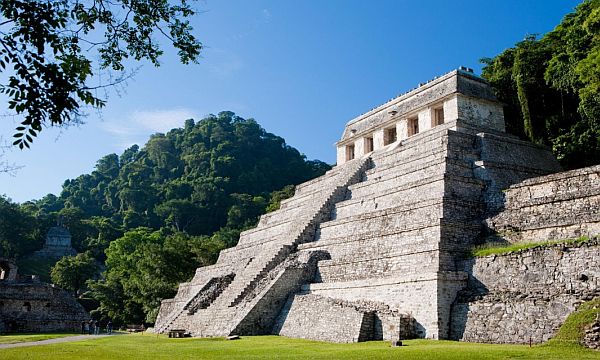Mexico City - More than 60 years after the crypt was discovered, Mexican researchers say they have decoded the hieroglyphic name on the tomb of ancient Mayan King Pakal, revealing it to read "The House of the Nine Sharpened Spears."
 |
But new research into the jaguar, a sacred animal for the Maya civilization, has led Guillermo Bernal, from the National Autonomous University of Mexico (UNAM), to make a link with other hieroglyphics of the same form.
"This is a name linked with war and an aspect which was not previously known as the hieroglyphic (could not be) deciphered until now," Bernal, from UNAM's Mayan Studies Centre, told a news conference in Mexico City on Monday.
"‘The House of the Nine Sharpened Spears' is a designation represented by the nine warriors in the walls of the tomb."
Born in the seventh century, King K'inich Janaab' Pakal is said to have ascended to the throne aged 12. He led a prosperous government in the ancient city of Palenque and is believed to have been behind the building of its finest architecture.
"This expression is more commonly seen in the classical period, specifically in the eighth century between the years 700 CE to 800 CE, which is the last century of the Mayan culture and very close to its collapse," Bernal said.
"In the years following 800 CE, the Mayan cities started to collapse. That (event) has a strong relationship with the frequency of the number of wars which began in this century."
The Maya civilization, which developed hieroglyphic writing, a calendar and astronomical system, reached its peak of influence between AD 250 and 900, extending its reach over what is now Guatemala, Belize and Honduras.
Source: TheGuardian.com


